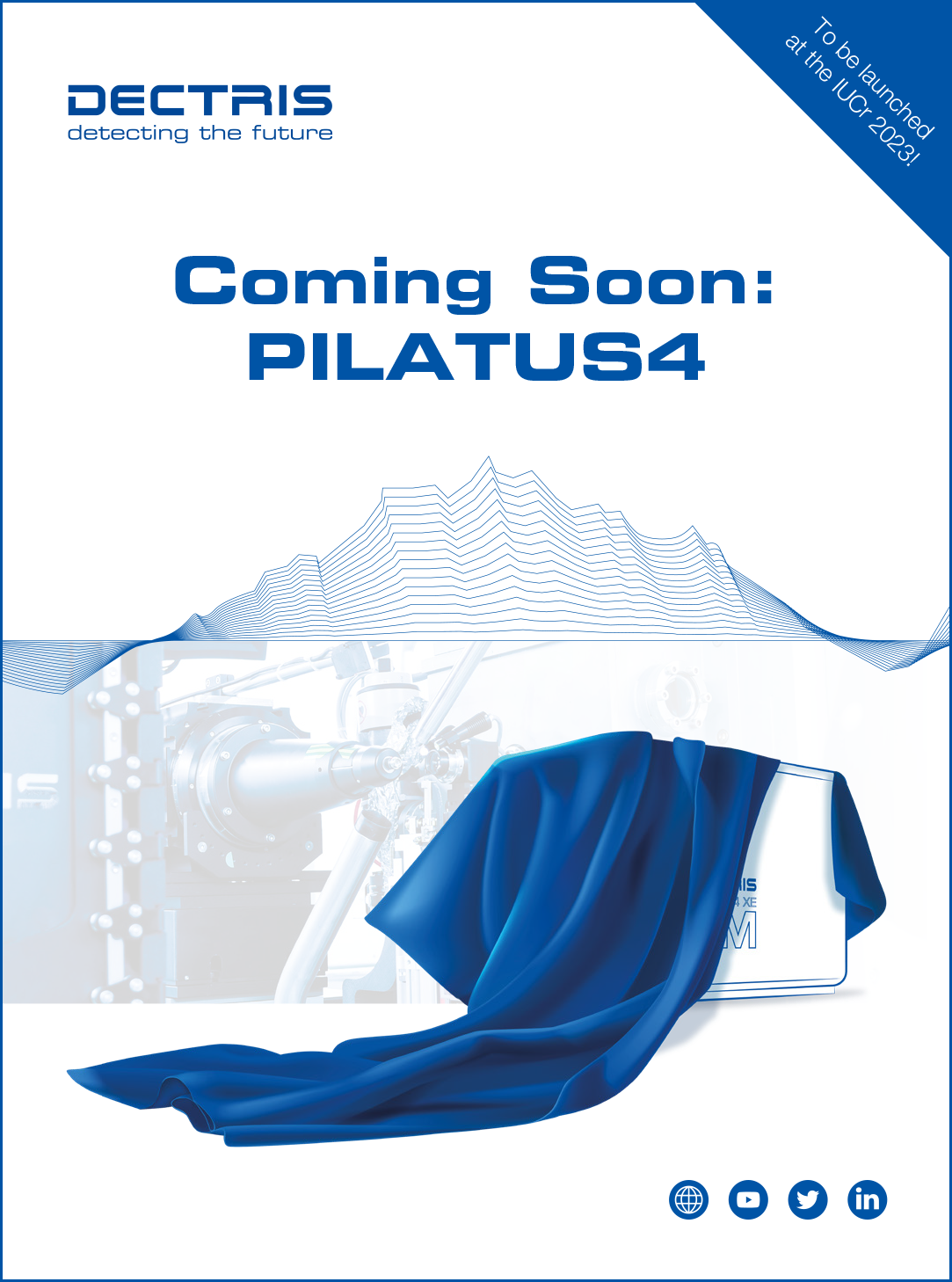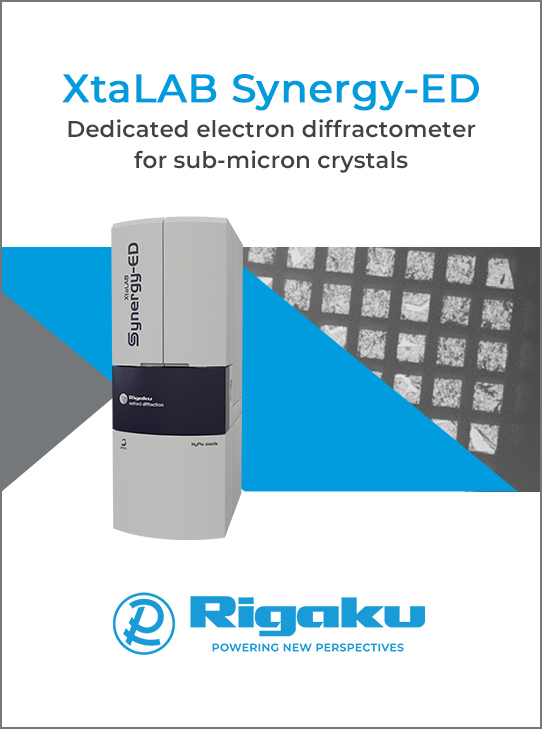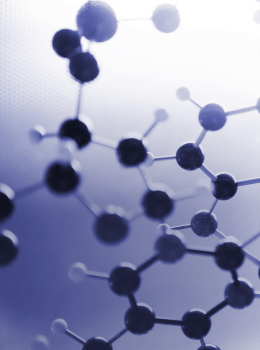


Commentary
The study of mineral behavior at low and high temperatures and their properties using a combination of different methods has not become routine yet
![thumbnail [thumbnail]](https://www.iucr.org/__data/assets/image/0006/156831/me6222thumbnail.jpg)
The complex study of the temperature behavior of natural and synthetic compounds (both inorganic and organic) has become quite common due to the widespread use of modern laboratory equipment. The development of powder diffractometers makes it possible to obtain reliable data from a small amount of pure substance, which can be heated (cooled) to very high (low) temperatures. Nevertheless, studying the features of the crystal structures of rare minerals is still rather challenging because the amount of available material for further measurements is not just small, but very small and could be limited to only a few grains. In this case it is always very interesting to read papers about complete characterization of rare minerals which contain not only structural data, but also the measurement of physical properties.
Synthetic compounds of the ludwigite-type structure, which is characterized by the general formula M2+2M3+O2(BO3), attract interest because of their magnetic properties in particular (Medrano et al., 2015; Moshkina et al., 2016; Sottmann et al., 2018; Sofronova & Nazarenko, 2017). However, the study of natural samples is often difficult because of the complex chemical composition and the presence of magnetic impurity ions (Aleksandrov & Troneva, 2008) which have an influence on the observed properties. Hence the need to use additional techniques to study the distribution of the elements over crystallographic sites and for a better understanding of the physical properties on the cation arrangement.
Biryukov et al. (2022) presented a complex study of azoproite, a rare mineral from Tazheran Massif, with the idealized chemical formula Mg2[(Ti,Mg),Fe3+]O2(BO3) (Konev et al., 1971). It is interesting to note that the sample of azoproite was provided for the investigation by its discoverer, A. A. Konev (1928–2009). The empirical formula of the studied sample is (Mg1.81Fe2+0.19)Σ2.00(Fe3+0.36Ti0.26Mg0.26Al0.12)Σ1.00O2(BO3) and the Fe2+/Fe3+ ratios and the distribution of ferric and ferrous iron over crystallographic sites were determined using Mössbauer spectroscopy data both for the natural sample and for the sample calcined at 1023 K. The crystal structure was studied using single-crystal X-ray diffraction analysis, while in situ low- and high-temperature behavior in the temperature range 93–1373 K was studied using powder X-ray diffraction analysis. Magnetometry studies were performed in the temperature range 5–300 K. Based on differential scanning calorimetry (DSC) it was shown that azoproite melts at temperatures higher than 1600 K and it does not decompose due to the Fe2+ → Fe3+ oxidation process. DSC, Mössbauer spectroscopy, magnetometry, and LT- and HT-XRD data clearly indicate the absence of phase transitions in the temperature range 5–1650 K. It was found that, unlike other studied borates and oxoborates [vonsenite, hulsite, synthetic Fe3(BO4)O2 and FeBO3 (Biryukov et al., 2021, 2020)], no sharp anomalies in the unit-cell parameters were present in azoproite. This was explained by the magnetostriction or magnetoelastic effects due to the absence of magnetic phase transitions. The ludwigite-type structure is based on the dense heteropolyhedral framework which is formed by [MO6]-octahedra and [BO3]-triangles. However, it also can be represented in terms of anion-centered polyhedra (Krivovichev et al., 2013), where [OM4] and [OM5] polyhedra form a microporous framework and [BO3] triangles fill the wide channels. This approach for the description of the crystal structure is better for the interpretation of high-temperature behavior. The thermal expansion of azoproite is slightly anisotropic in the whole temperature range due to the arrangement of the oxocentered [OM4] and [OM5] polyhedra, while the thermal oscillations of [BO3] triangles contribute the most to the anisotropy of the expansion.
The study of azoproite continues the authors' systematic investigation of the crystal structures, in situ low- and high-temperature behavior and magnetic properties of natural oxoborates (Biryukov et al., 2021, 2020). It is clearly shown that accurate interpretation of crystal structure data needs a combination of not only diffraction analysis (single-crystal and powder), but also additional methods. In particular, the interpretation of the low-temperature behavior could be rather difficult without magnetic measurements, while the behavior at high temperature could be speculative without a contribution from DSC data and a comparison of Mössbauer spectroscopy data from both initial and calcined samples. This approach can be applied for different types of materials (Volkov et al., 2023, 2022) and demonstrates significant advantages for the deep understanding of a materials' properties; however, the downside is the time which is required to complete the study.
References
Aleksandrov, S. M. & Troneva, M. A. (2008). Geochem. Int. 46, 800–813.
Sofronova, S. & Nazarenko, I. (2017). Cryst. Res. Technol. 52, 1600338.
This article was originally published in Acta Cryst. (2023). B79, 196–197.
Copyright © - All Rights Reserved - International Union of Crystallography







